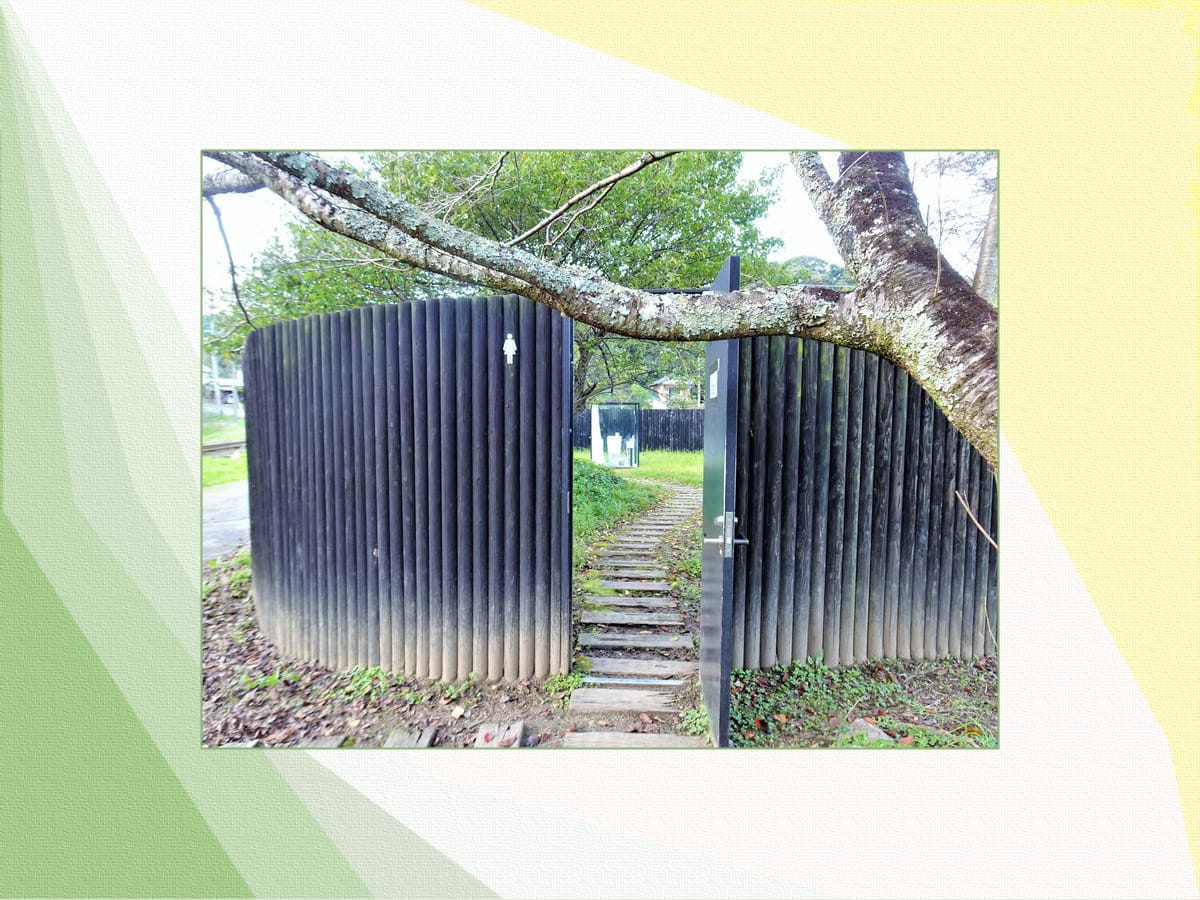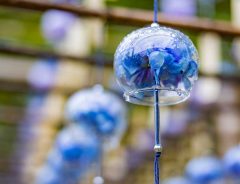
Source: © Tetsuya Kazamatsuri 風祭哲哉 - image reproduced with permission
Stop at the world’s largest outdoor bathroom on a day trip along the scenic Kominato Railway
- Tags:
- Bathroom / Itabu Station / Japanese photographer / Kominato Line / Kominato Railway / outdoor bathroom / Tetsuya Kazamatsuri
Related Article
-

These Japanese Toilets Are Way Too Beautiful For Their Own Good
-

These photos from Kyoto’s ‘Temple of Wind Chimes’ captures the magic of Japan’s summer
-

Fed-up residents seeking tidy toilets demand municipalities clean up their act
-

Young boy has a surprising reaction when asked if he’s been to the bathroom [manga]
-

Enjoy illuminations, delicious food & countryside charms on the Kominato Line’s winter trolley
-

Japanese photographer found the perfect fall foliage spot to document his family’s growth


The Kominato Line in Ichihara City, Chiba Prefecture, which has been operating since 1917, is one of Japan's most famous local railway lines. It uses vintage-style diesel cars all manufactured in the 1960s and 70s, and the trains have one carriage, at most two, with the exception of the Satoyama Torokko, a replica of a steam locomotive which consists of four carriages. For a relatively short distance of 39.1 kilometers, the Kominato Line runs through 18 quaint stations, many of them unmanned and quite old. In fact, the Kominato Line and many of its stations have been named a Registered Tangible Cultural Property and have also won a Good Design Award in 2017. An interesting bit of trivia: If you're a karaoke fan and frequent karaoke establishments in Japan, you may recognize the Kominato Line's characteristic red and cream-colored carriages since the line makes frequent appearances in the background of karaoke videos to evoke nostalgia for old times or country life.
As we've introduced before in grape Japan, the Kominato Line provides a wonderful day-trip from Tokyo. Not only can you visit such destinations as Takataki Lake, the Ichihara Lakeside Museum, or the beautiful Yoro Ravine, you can also see the discovery site of a geological stratum called Chibanian, which gets its name from Chiba Prefecture, and is accessible from Tsukizaki Station.
The world's largest outdoor bathroom
Whether you're headed all the way to Yoro Ravine or to see the Chibanian discovery site, one stop we recommend along the way is Itabu Station 飯給駅 (the one before Tsukizaki Station). Why? Well, you may find it convenient for a bathroom break, but before you roll you eyes and wonder why we would even mention that, it's the bathroom itself that deserves your attention! This is no ordinary bathroom.
Situated just minutes from Itabu Station, this bathroom, designed by architect Sou Fujimoto, is in fact a lush but secluded garden measuring 200 square meters, and surrounded by a 2-meter tall log roll fence for privacy...
Image reproduced with permission from © Tetsuya Kazamatsuri 風祭哲哉 | travellovers.jp
Inside, the lavatory itself is within a glass box, which you can access by means of a small pathway. You can enjoy the lush greenery of the garden, which is particularly scenic in Spring when yellow canola flowers bloom, or if you prefer more privacy, you can close the curtain within the lavatory.
Image reproduced with permission from © Tetsuya Kazamatsuri 風祭哲哉 | travellovers.jp
The entrance to the enclosure surrounded by the log roll fence has a lock, so for all intents and purposes, it has the same privacy as a conventional bathroom. Moreover, this particular lavatory is only for women but men are free to step inside the garden when it is not occupied. There is a multi-purpose toilet which men can use at a separate but nearby location.
Another reason you'll want to stop by Itabu in Spring is that the unmanned station is famous as a scenic spot for the abovementioned canola flowers carpeting the bucolic fields on either side of the tracks with sunny bright yellow. And if you're really lucky, you can even capture the double treat of sakura trees bursting forth with soft pastel pinks blooms against the backdrop of the Kominato Railway and the canola blossoms, as you can see in this stock photo below:
Yocchan hissatsu shigotonin | © PIXTA
Directions to "World's largest outdoor bathroom" at Itabu Station
To access the site, take the JR Uchibo Line to Goi Station, transfer to the local Kominato Line and get off at Itabu Station.
© DAJF / Wikimedia Commons
From Itabu Station, the bathroom is less than a minute's walk away:
Photographer Tetsuya Kazamatsuri
Photos of this art installation / bathroom were graciously provided by photographer 風祭哲哉 Tetsuya Kazamatsuri, who specializes in travel photography and writes for LINE Travel.jp. The photos were taken on October 24th, 2020 with a SONY DSC-HX99.
If you'd like to enjoy more of his photography, see the following links: